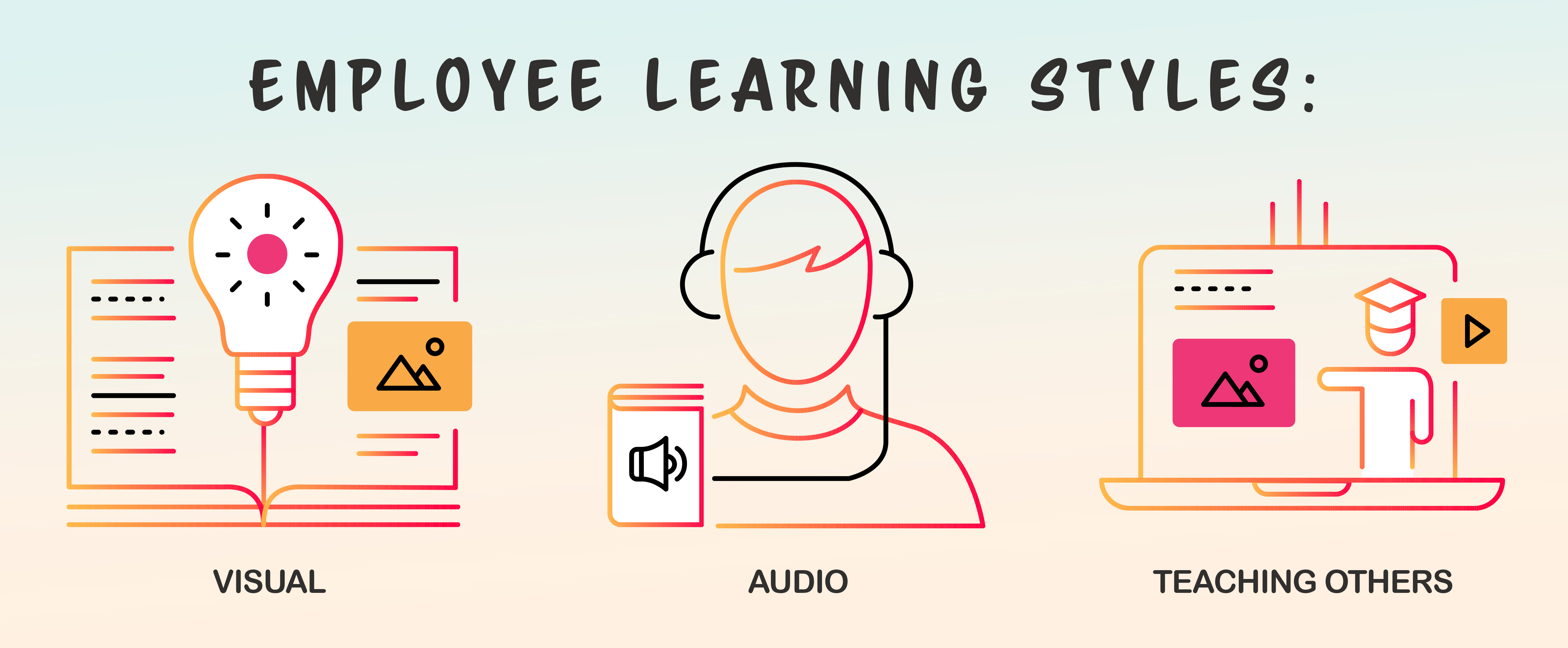Employers in tune with the needs of their workforce understand that today’s fast-paced environment requires workers to constantly upgrade their skills to remain competitive. A culture of learning is essential due to emerging technologies that are constantly evolving and market forces that are constantly shifting. On-the-job training and development is critical for the continued success of businesses and individual employees.
Additionally, integrating education into the workplace shows employees that their employers care about them and are personally invested in their careers. LinkedIn’s 2018 Workforce Learning Report found that 93 percent of employees said they would stay with a company longer if they invested in their careers. Workplace training allows employees to advance their careers and perform better in their current roles. A culture of learning also improves employee engagement and increases retention rates.Workers and employers alike must expect continuous learning of hard and soft skills. Here are five tips to help get your organization on the right track and boost employee learning and development.
1. Understand That People Learn Differently
Each employee is a unique individual with a different learning style. Some people learn better visually, when given hands-on projects or through repetition. Others may benefit from seminar-style teaching and can remember information better when presented in an auditory fashion. Still, others learn by teaching others. Consider how your workforce learns and offer various opportunities that appeal to these different styles. Allow for discussion and for talented team members to provide information about their own experiences to enhance the educational environment.
2. Target Learners Who Are Ready
Not all employees may be ready to engage in these opportunities in the workplace. Some workers may embrace learning opportunities while others believe that the way they are performing their job works fine. The possible results will vary between different members of a team. Employers can analyze the current workplace and complete pre-learning assessments to help identify individuals who are and are not ready for a particular educational opportunity.
3. Integrate Learning Into the Employee Experience
An efficient way to make the most of learning opportunities is to ensure that they are part of an employee’s routine work. Employees should be given plenty of opportunities to enhance their skills and develop new ones.
In today’s world of constant streaming and a plethora of educational opportunities, employers have their choice of platforms to use. They can use traditional training and seminars. They can provide an opportunity to attend a remote workshop. Employers can also offer digital opportunities, such as watching presentations online, using cloud options and online boards to encourage collaboration.
Companies are often worried about the substantial investment of time that educational opportunities may present. However, there are more options than ever through micro-learning in which employees can learn important information in small spurts of content. Providing employees with opportunities to learn in small increments can make it easier to integrate learning into the workday.
It is important that employers allow employees to focus exclusively on the educational content when it is made available. Multi-tasking can detract attention from the primary goal of educating the workforce. Employers must also ensure that there is enough time for team members to apply the training and information they learned. This application time can further cement the learning.
4. Involve Managers in the Process
Managers work closely with their direct reports and can help identify those skills that employees need to develop or enhance. These skills may include hard skills. In other situations, soft skills like leadership, collaboration, time management, and communication may be most important for employers.
The LinkedIn learning report revealed that 56 percent of employees would take a course that was suggested by a manager. Many team members look up to their managers and respect their opinions. However, managers may have limited time to participate in the educational process because they are often involved with other priorities.
To ensure that managers are involved in the process, employers must allow adequate time for management to carefully select and encourage employee educational opportunities. Managers can also provide important input regarding optimal times to integrate learning into the day, and what types of courses may be most effective for each employee’s unique needs and skills.
It is a key responsibility of employers to develop their people and teams. Learning helps create a more engaged team. Managers can also provide feedback regarding how well the additional education is working.
5. Measure the Learning
It is critical to track progress related to employee education to see how it affects an organization and whether the learning is effective or not. Employees can complete self-assessments to measure their own level of progress. Assessments should measure lasting behavioral change. A longitudinal approach can determine the long-term impact learning has on the workforce. Additionally, assessments can be used to establish new goals for the learner and help measure success over the long haul.



